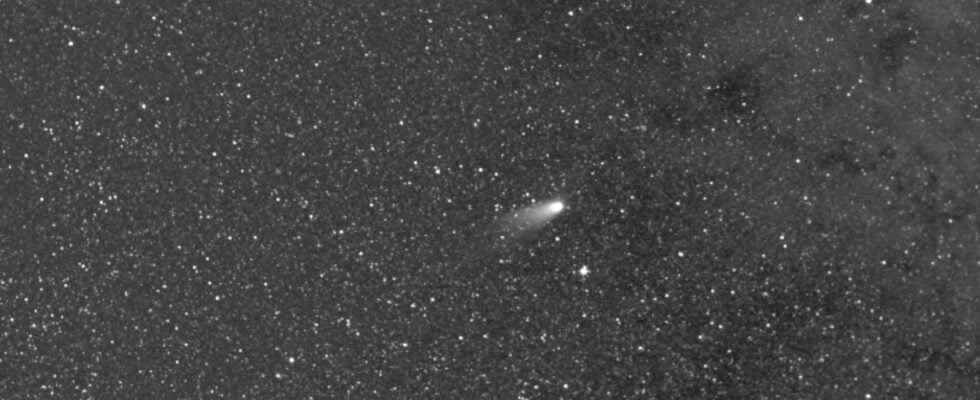Magnificent images of the brightest comet of the year passing by the Solar Orbiter as it cruises through the Inner Solar System.
You will also be interested
We have the extraordinary chance today to see planets in detail, to study the Sun as close as possible, to probe the confines ofuniverse thanks to powerful telescopes on Earth, in space and a fleet of space probes. Without forgetting rovers that roll on Mars. The ship Solar Orbiter, of the’ESA and the Nasa, is one of them. On the way to observe the poles of our Star, the machine was able to image the comet Leonard between December 17 and 19, as she walked past her in her field. On these incredible images carpeted with distant stars (located far beyond our Solar system), we can admire Venus, very bright, and Mercury cross. C / 2021 A1 (Leonard), the brightest comet of the year, moves diagonally, its tail in the direction of the space probe. We’re in movement with the machine and through its eyes – SoloHI (Solar Orbiter Heliospheric Imager) in this case – one can admire stars evolve on the stage of the Internal Solar System. Breathtaking !
Comet Leonard, Venus and Mercury in the Solar Orbiter field. © ESA, Nasa, NRL, SoloHI
Comet Leonard is approaching the Sun
More images will be unveiled within days, after Comet Leonard once again crosses the field of Solar Orbiter. For a different point of view, at the forefront of the spectacle of a comet in full swing, which has since changed. The frozen star is heading at high speed towards the point of its orbit closest to the Sun that it will reach on January 3, 2022 (90 million kilometers from Earth). Several bursts of activity like those observed around December 20-22 (The photos are beautiful) are expected to occur in the next few weeks.
C / 2021 A1 (Leonard), the first comet discovered in 2021, passed very close to Venus on December 17. If it is still in one piece by its perihelion, and after, it will race in the years to come into interstellar space, leaving our Solar System forever.
Other images that caused a sensation last week (below), the journey at full speed of the Parker Solar probe, from NASA, towards the Sun. We saw her sink into the solar corona, undergoing disturbances due to solar particles. In the storm of solar wind, his eyes observed at the same time the ballet of the planets Venus, Mars and Mercury. What show !
Interested in what you just read?
.
fs3
